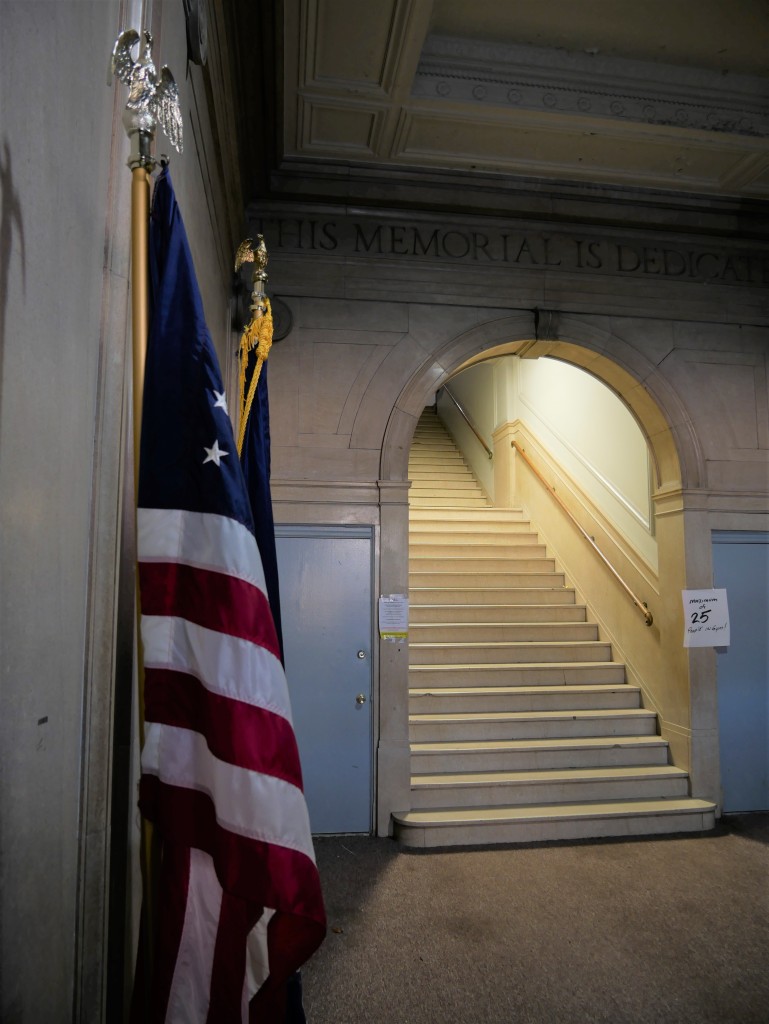In Search of Old Shamokin, February 2021 edition. Runs last Saturday of every month in the Weekender.
Eyeing that unexplained sinkhole or dip in your backyard? According to bottle-digger Garry Reigle of Shamokin, it could be the site of a long-gone outhouse–and a forgotten trove of local history.
Over the past twelve years, Reigle estimates he has excavated over 1000 sites in Shamokin and surrounding areas, often accompanied by fellow hobbyist Chuck Harris, in search of rare bottles discarded as trash by prior generations. For many of us, history is found in the comfort of libraries and museums, but Reigle isn’t afraid to get his hands dirty, following his passion for the past underground, into backyards, town dumps, and yes–even into former privies.

Before the modern convenience of indoor plumbing began to be taken for granted, the outhouse was a common sight. Like anything else, however, its usefulness had a lifespan–about ten years, according to Reigle, after which the hole would be filled in with large amounts of trash gathered from the household and neighbors. The result? Dozens, even hundreds, of glass bottles of every shape, size, and use: milk, beer, liquor, furniture polish, cure-alls. But the finds aren’t just limited to bottles.
Continue reading

